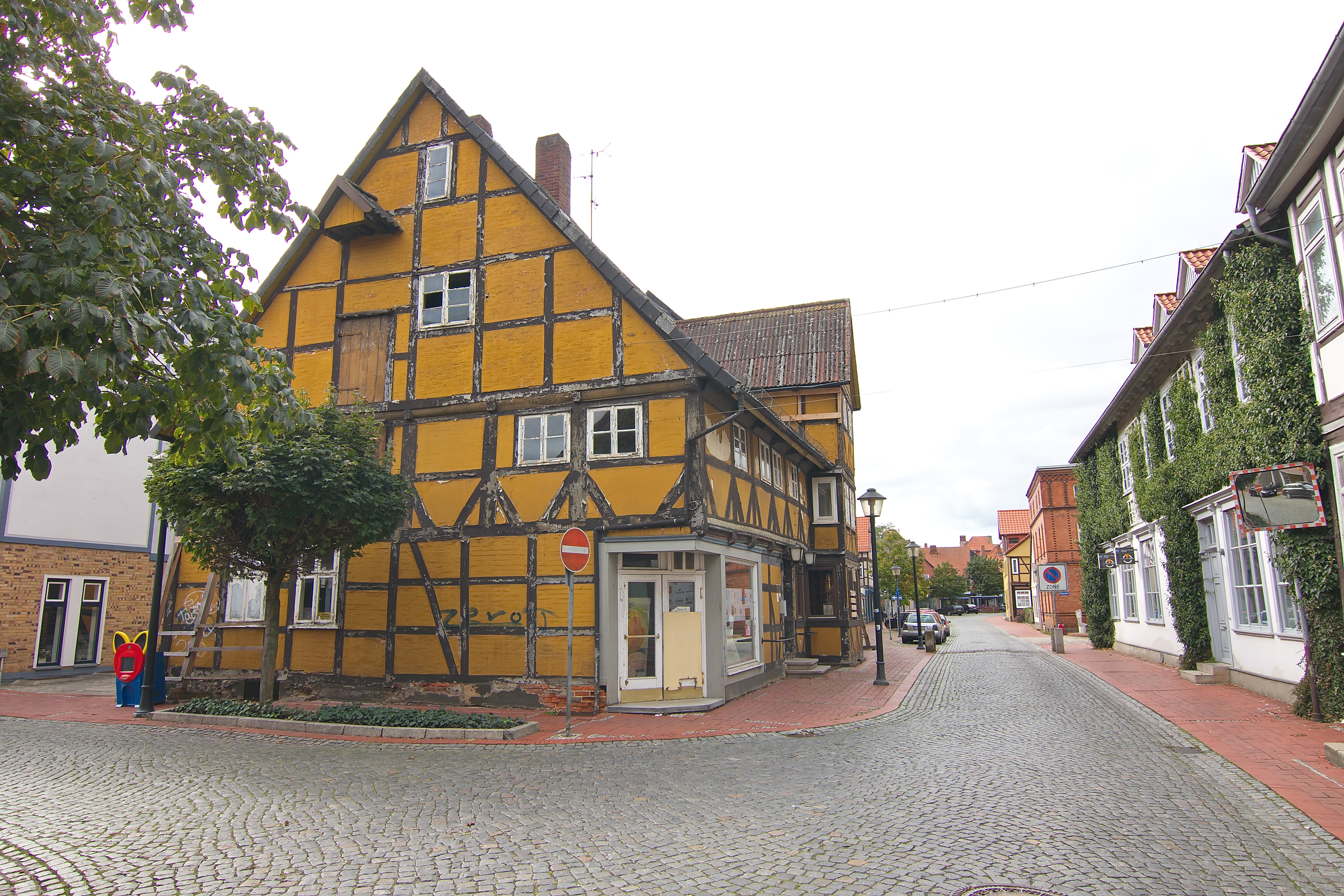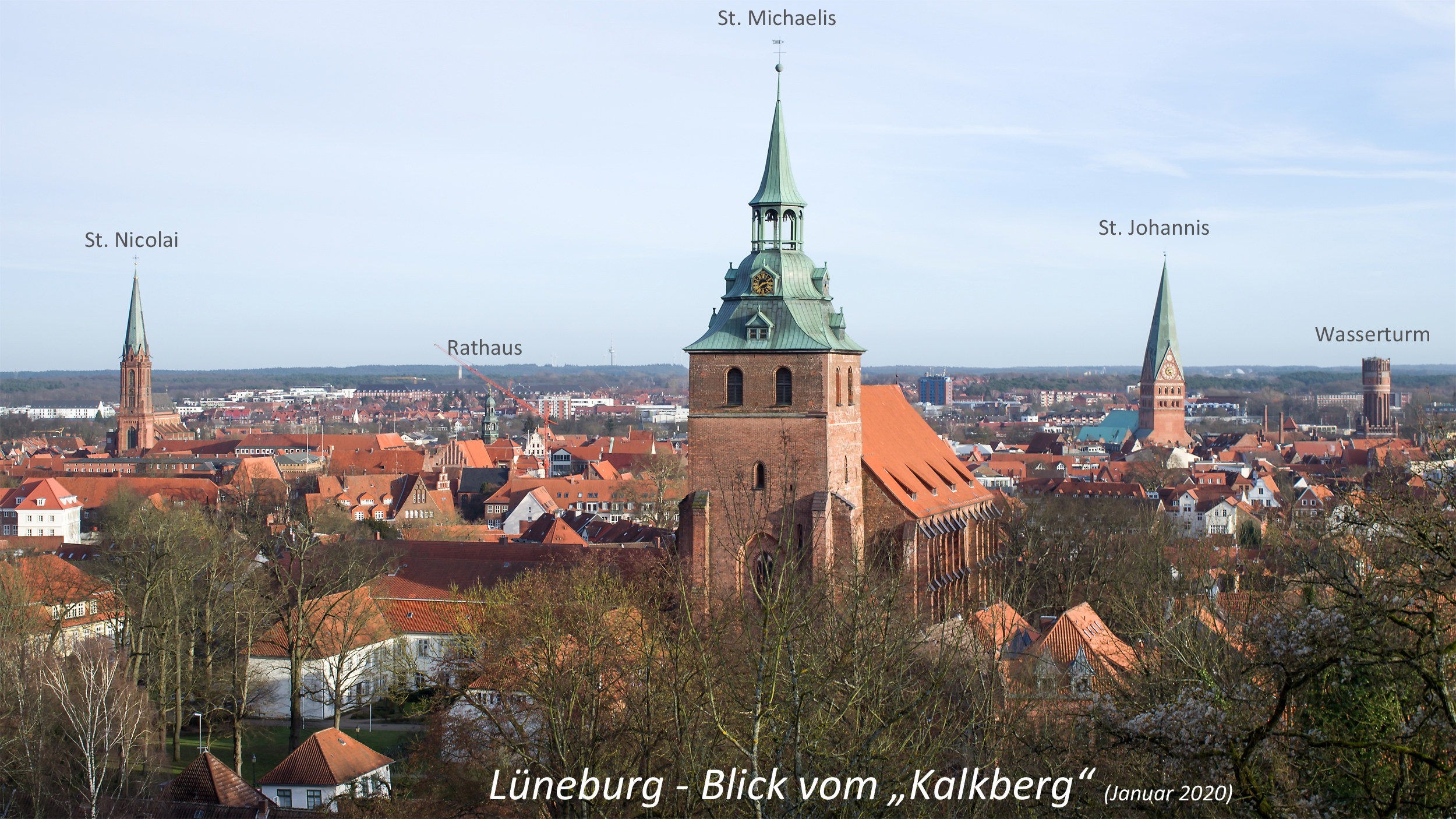|
Gifhorn (district)
Gifhorn () is a district in Lower Saxony, Germany. Geography The district is located at the border of Saxony-Anhalt and extends from the southern edge of the Lüneburg Heath () in the north to the suburbs of Braunschweig and Wolfsburg in the south. The Aller (Germany), Aller River enters the district in the southeast, runs through the town of Gifhorn, is joined by the Ise (river), Ise and Oker river and leaves the district in the west. The southern terminus of the Elbe Lateral Canal at the Mittellandkanal is at Edesbüttel in the district. It is bounded by (from the south and clockwise) the district of Helmstedt (district), Helmstedt, the cities of Wolfsburg and Braunschweig (city), Braunschweig, the districts of Peine (district), Peine, Hanover (district), Hanover, Celle (district), Celle and Uelzen (district), Uelzen, and by the state of Saxony-Anhalt (districts of Altmarkkreis Salzwedel and Börde (district), Börde). The lowest point of the administrative district Gifhorn l ... [...More Info...] [...Related Items...] OR: [Wikipedia] [Google] [Baidu] |
Gifhorn
Gifhorn () is a town and capital of the district of Gifhorn (district), Gifhorn in the east of Lower Saxony, Germany. It has a population of about 42,000 and is mainly influenced by the small distance to the more industrial and commercially important cities nearby, Braunschweig, Brunswick and Wolfsburg. Further, Gifhorn is part of the Hanover-Brunswick-Göttingen-Wolfsburg Metropolitan Region. The Municipality Gifhorn includes the villages of Gamsen, Gifhorn, Kästorf, Neubokel, Wilsche and Winkel. Sights Gifhorn is home to the International Wind- and Watermill Museum, which contains a comprehensive collection and working replicas of the world's most common windmills. The castle in the town centre was built in a Weser Renaissance style from 1526 to 1533. ''Kavalierhaus'' (Cavalier House) is a renaissance building dating from 1546. Saint Nicolai Church is a baroque aisleless church which was built from 1734 to 1744. Around the Market Place various well-preserved half-timbered houses ... [...More Info...] [...Related Items...] OR: [Wikipedia] [Google] [Baidu] |
Altmarkkreis Salzwedel
Altmarkkreis Salzwedel is a district in Saxony-Anhalt, Germany. It is bounded by (from the west and clockwise) the districts Gifhorn, Uelzen, Lüchow-Dannenberg in Lower Saxony, and the districts of Stendal and Börde (district). History The Altmark is a historical region that covers the territory of this district as well as parts of the neighbouring district of Stendal. In the 10th century AD, it was the eastern border province of the Holy Roman Empire; castles were built here in order to move the borders eastwards. The Altmark was a swampy and heavily contested region for centuries. In the 12th century, many swamps were drained, and the strongholds became small towns. In the Late Middle Ages, many towns were members of the Hanseatic League. Due to the Thirty Years' War the Altmark was completely devastated in the 17th century. It never regained its importance and remains sparsely populated to date. The district was established in 1994 by merging the former districts of ... [...More Info...] [...Related Items...] OR: [Wikipedia] [Google] [Baidu] |
Bokensdorf
Bokensdorf is a municipality in the district of Gifhorn, in Lower Saxony, Germany Germany, officially the Federal Republic of Germany, is a country in Central Europe. It lies between the Baltic Sea and the North Sea to the north and the Alps to the south. Its sixteen States of Germany, constituent states have a total popu .... References Gifhorn (district) {{Gifhorn-geo-stub ... [...More Info...] [...Related Items...] OR: [Wikipedia] [Google] [Baidu] |
Barwedel
Barwedel is a municipality in the district of Gifhorn, in Lower Saxony, Germany Germany, officially the Federal Republic of Germany, is a country in Central Europe. It lies between the Baltic Sea and the North Sea to the north and the Alps to the south. Its sixteen States of Germany, constituent states have a total popu .... References Gifhorn (district) {{Gifhorn-geo-stub ... [...More Info...] [...Related Items...] OR: [Wikipedia] [Google] [Baidu] |
Boldecker Land
Boldecker Land is a municipality in the district of Gifhorn, in Lower Saxony, Germany. It is situated along the river Aller, approx. 12 km east of Gifhorn, and 8 km northwest of Wolfsburg Wolfsburg (; Eastphalian language, Eastphalian: ''Wulfsborg'') is the fifth-largest city in the Germany, German state of Lower Saxony, on the river Aller (Germany), Aller east of Hanover and west of Berlin. Wolfsburg is famous as the locat .... Its seat is in the village Weyhausen. Politics Samtgemeinde council * CDU 8 Seats * SPD 9 Seats * WBL 6 Seats * BBB 1 Seat Structure of Boldecker Land References External linksSamtgemeinde Boldecker Land Samtgemeinden in Lower Saxony Gifhorn (district) {{Gifhorn-geo-stub ... [...More Info...] [...Related Items...] OR: [Wikipedia] [Google] [Baidu] |
Samtgemeinde
A (, ; plural: ''Samtgemeinden'') is a type of administrative division in Lower Saxony, Germany. ''Samtgemeinden'' are local government associations of Municipalities of Germany, municipalities, equivalent to the ''Amt (administrative division), Ämter'' in Schleswig-Holstein, Mecklenburg-Vorpommern, and Brandenburg, and the ''Verbandsgemeinden'' in Rhineland-Palatinate. Function A is a Government agency, government body composed of a collective association of ''Gemeinde (Germany), gemeinden'' (municipality, municipalities), the lowest level of official territorial division in Germany. ''Samtgemeinden'' were introduced in Lower Saxony on 4 March 1955 upon the adoption of the Lower Saxony Municipal Code (''Niedersächsische Gemeindeordnung''), which was based on United Kingdom, British administrative structures at the time. According to §71 paragraph 1 Lower Saxony law on local government, a should have at least 7,000 inhabitants. Approximately 80% of the municipalities in ... [...More Info...] [...Related Items...] OR: [Wikipedia] [Google] [Baidu] |
Wittingen
Wittingen () is a town in the district of Gifhorn, Lower Saxony, Germany. It is about northeast of Gifhorn, and southeast of Uelzen. Division of the town Wittingen consists of 27 districts: History The earliest identified record of Wittingen appears in a document dated 781 which defines the territorial borders of the Bishopric of Hildesheim. Another early mention dates from 803 during the reign of Charlemagne, this time identifying the borders of the newly established Bishopric of Halberstadt. Neither of these sources pins down a date for the foundation of Wittingen, however. During the Medieval period Wittingen was not merely a frontier point, but also a focus for traffic crossing into and out of the Altmark. The town was a trading point and an overnight stop for east-west commerce. Its significance was signaled in the ninth century when The Bishopric had the Church of St Stephen built. By the beginning of the thirteenth century Wittingen had been granted Town privilege ... [...More Info...] [...Related Items...] OR: [Wikipedia] [Google] [Baidu] |
Sassenburg
Sassenburg is a municipality in the district of Gifhorn, Lower Saxony, Germany. It is situated approximately 7 km northeast of Gifhorn, and 15 km northwest of Wolfsburg Wolfsburg (; Eastphalian language, Eastphalian: ''Wulfsborg'') is the fifth-largest city in the Germany, German state of Lower Saxony, on the river Aller (Germany), Aller east of Hanover and west of Berlin. Wolfsburg is famous as the locat .... Sassenburg includes the villages of Dannenbüttel, Grußendorf, Neudorf-Platendorf, Stüde, Triangel and Westerbeck. The seat of the municipality is in the village Westerbeck. Neudorf Platendorf Dorfstrasse.jpg, The main street in Neudorf-Platendorf St.-Thomas-Kirche in Neudorf-Platendorf (Sassenburg) IMG 5849.jpg, The Lutheran church in Neudorf-Platendorf BernsteinSee Pfad um den See.jpg, Lake ''Bernsteinsee'' near Stüde GutshausTriangel.JPG, House in Triangel References Gifhorn (district) {{Gifhorn-geo-stub ... [...More Info...] [...Related Items...] OR: [Wikipedia] [Google] [Baidu] |
Duchy Of Gifhorn
The Duchy of Gifhorn () with its residence at Gifhorn Castle was founded in 1539 and lasted only 10 years until the death of its ruler, Duke Francis, Duke of Brunswick-Lüneburg, Francis of Brunswick-Lüneburg in 1549. It consisted of the ''Amt (country subdivision), Ämter'' of Gifhorn, Fallersleben (Wolfsburg), Fallersleben and Isenhagen Abbey. Foundation The duchy was founded when Duke Francis of Brunswick-Lüneburg returned in 1536 after many years at the court of the Electorate of Saxony in Lutherstadt Wittenberg, Wittenberg. He demanded from his older brother, Duke Ernest I, Duke of Brunswick-Lüneburg, Ernest of Brunswick-Lüneburg (known as ''the Confessor'' due to his espousal of Martin Luther, Lutheran doctrine), to have his own duchy as an inheritance and pressed for a division of the state. Because his demands for the entire eastern half of the dukedom were unacceptable, not least due to the serious debt carried by the state, he was given the ''Ämter'' of Gifhorn, Fa ... [...More Info...] [...Related Items...] OR: [Wikipedia] [Google] [Baidu] |
Lüneburg
Lüneburg, officially the Hanseatic City of Lüneburg and also known in English as Lunenburg, is a town in the German Bundesland (Germany), state of Lower Saxony. It is located about southeast of another Hanseatic League, Hanseatic city, Hamburg, and belongs to that city's wider Hamburg Metropolitan Region, metropolitan region. The capital (political), capital of the Lüneburg (district), district which bears its name, it is home to roughly 77,000 people. Lüneburg's urban area, which includes the surrounding communities of Adendorf, Bardowick, Barendorf and Reppenstedt, has a population of around 103,000. Lüneburg has been allowed to use the title ('Hanseatic Town') in its name since 2007, in recognition of its membership in the former Hanseatic League. Lüneburg is also home to Leuphana University of Lüneburg, Leuphana University. History ImageSize = width:1050 height:100 PlotArea = width:1000 height:50 left:50 bottom:25 DateFormat = yyyy Period = from:950 till:2000 Tim ... [...More Info...] [...Related Items...] OR: [Wikipedia] [Google] [Baidu] |
Prussia
Prussia (; ; Old Prussian: ''Prūsija'') was a Germans, German state centred on the North European Plain that originated from the 1525 secularization of the Prussia (region), Prussian part of the State of the Teutonic Order. For centuries, the House of Hohenzollern ruled Prussia, expanding its size with the Prussian Army. Prussia, with its capital at Königsberg and then, when it became the Kingdom of Prussia in 1701, History of Berlin, Berlin, decisively shaped the history of Germany. Prussia formed the German Empire when it united the German states in 1871. It was ''de facto'' dissolved by 1932 Prussian coup d'état, an emergency decree transferring powers of the Prussian government to German Chancellor Franz von Papen in 1932 and ''de jure'' by Abolition of Prussia, an Allied decree in 1947. The name ''Prussia'' derives from the Old Prussians who were conquered by the Teutonic Knightsan organized Catholic medieval Military order (religious society), military order of Pru ... [...More Info...] [...Related Items...] OR: [Wikipedia] [Google] [Baidu] |





